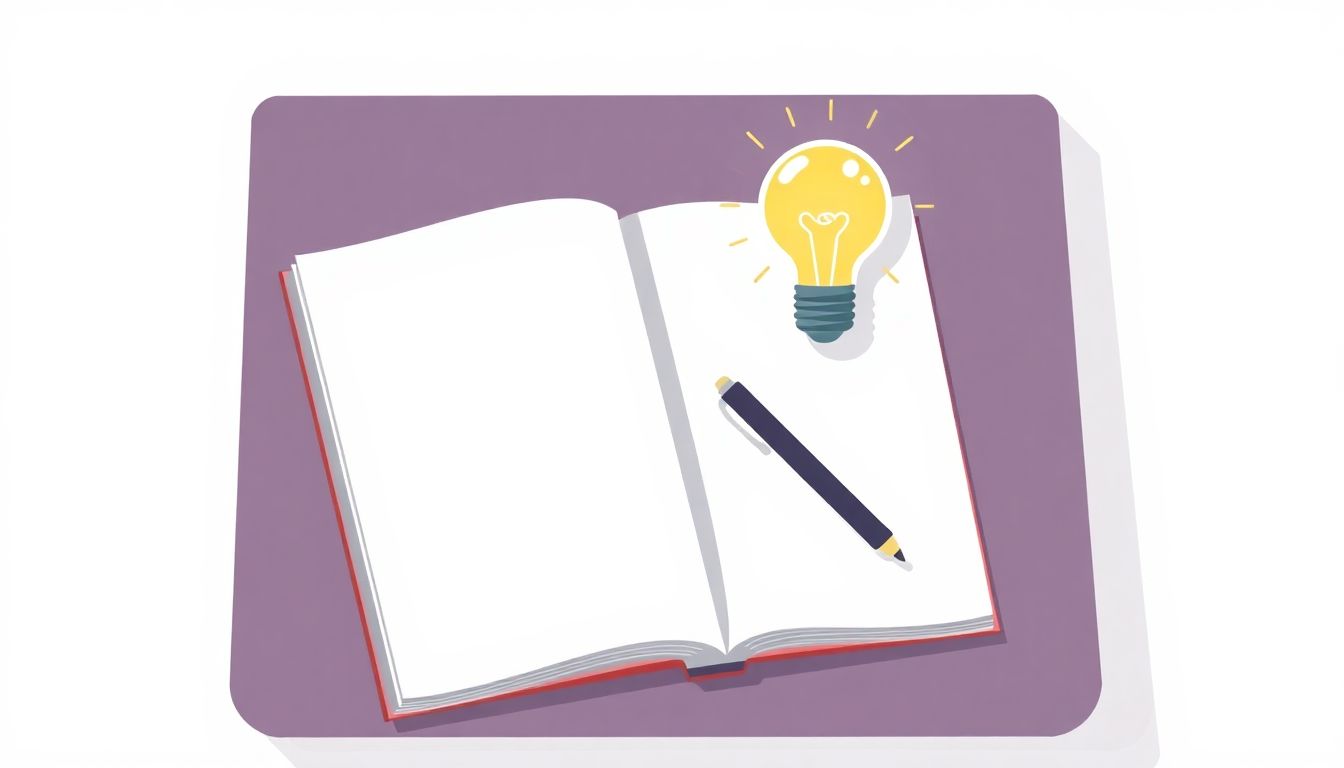Writing a good synopsis can feel tricky, but it’s just about telling your story clearly and grabbing attention fast. If you keep reading, I’ll show you easy steps to craft a lively, punchy summary that hooks readers and makes your story shine. You’ll learn how to start with a killer hook, organize your story smoothly, and polish it until it wow’s the right people.
Key Takeaways
Key Takeaways
- Create a short, punchy hook that hints at your story’s main conflict, setting, and mood to grab attention immediately.
- Use a strong opening with questions, bold statements, or vivid imagery to make readers want to keep reading.
- Keep the structure clear with bullet points or main points, focusing on key moments and avoiding unnecessary details.
- Write in simple, active language, connect ideas with transitions, and trim any filler to make your synopsis clear and engaging.
- Adjust length and focus depending on your audience, highlighting different story elements to match what readers or publishers want.
- Include current trends or relevant topics, like technology or social shifts, to make your synopsis timely and relatable.

Step 1: Write a Clear and Engaging Hook
– What is a hook in a synopsis?
A hook is the first few sentences of your synopsis that grab the reader’s attention immediately. It sets the tone and makes someone want to keep reading.
– Tips for creating a concise and enticing hook (1-2 sentences)
Keep it short, punchy, and focused on the main conflict or unique element of your story. Use curiosity or emotion to draw readers in without revealing too much.
– Highlight the story’s main idea, setting, and mood
Make sure your hook hints at the core theme, where the story takes place, and the overall feeling—whether it’s tense, funny, or mysterious—so readers know what to expect.

How to Make Your Synopsis Stand Out with a Strong Opening
– Using a compelling question or statement to immediately hook your reader
Start with a question or bold statement that sparks curiosity or emotion, making the reader eager to know more about your story.
– Incorporate vivid imagery or a surprising detail
Paint a quick snapshot of your story’s world or a key moment to draw readers in instantly and set the tone.
– Keep it relevant and focused on the core conflict or theme
Ensure your opening aligns with the main idea of your story, so readers get a clear sense of what’s to come.
Tips for Creating a Clear and Concise Structure in Your Synopsis
– Use bullet points or numbered lists for clarity
Breaking down your story into distinct parts helps both you and your reader grasp the flow and essential points more easily.
– Focus on key moments and avoid unnecessary details
Highlight the actions or decisions that drive your story forward, leaving out long descriptions or tangents.
– Write with chronological flow but be flexible if needed
While sticking to the sequence of events is common, don’t hesitate to group related parts for smoother storytelling.
How to Write Clearly and Keep Your Audience Engaged
– Use short, active sentences for energy and readability
Active voice makes your descriptions more direct and lively, helping your synopsis stay engaging, especially on smaller screens.
– Avoid jargon and complicated words — stick to simple language
Clear language avoids confusion, making sure your story’s heart comes through without any fluff or ambiguity.
– Connect each part logically with transitional phrases
This creates a seamless reading experience, guiding your reader naturally from one section to the next.
Steps to Polish and Perfect Your Synopsis
– Read it aloud or have someone else review it for flow and clarity
This helps catch awkward phrasing or missing connections that might be missed when reading silently.
– Trim unnecessary words or repetitions
From cutting filler to refining sentences, keep your synopsis tight and impactful.
– Match your tone to your audience and purpose
Whether you’re submitting to a publisher or showcasing your project online, adjust your voice to suit the context.
Strategies for Adapting Your Synopsis for Different Readers
– Shorten or expand based on the submission guidelines
Different outlets have different length expectations — be ready to adjust accordingly.
– Emphasize different elements depending on the reader’s interest
For agents, highlight your main character’s emotional journey; for publishers, focus on the story’s market potential.
– Use examples from current trends and data to demonstrate relevance
For instance, mentioning how AI integration in storytelling or e-commerce growth can influence your story’s themes shows awareness of market trends.
Incorporating Real-Time Trends to Make Your Synopsis Relevant
– Mention current technological advances like AI and 5G
Including references to how technology impacts your story’s setting or characters can make your synopsis feel fresh and timely.
– Reflect on economic or social shifts, such as global growth or unemployment rates
Using real data from sources like the World Economic Forum can add depth or context to your story’s background.
– Highlight how your story connects to trending topics or issues
Storylines involving e-commerce, digital transformation, or societal change resonate more with today’s readers and publishers.
FAQs
A hook is a brief, captivating sentence or phrase at the start of your synopsis that grabs the reader’s attention and gives a hint about the story’s main idea, setting, or mood.
Use active language, keep descriptions brief, and focus on key story points. Connect each part smoothly and ensure your tone remains lively to maintain reader interest throughout your synopsis.
A typical synopsis includes four parts: an introduction of the story idea, the main characters and setting, challenges faced, and how the story concludes with the goal achieved.
Adjust the length for your audience, use an engaging tone, and review for clarity and flow. Make sure each part connects logically and your story is portrayed in a lively way.
